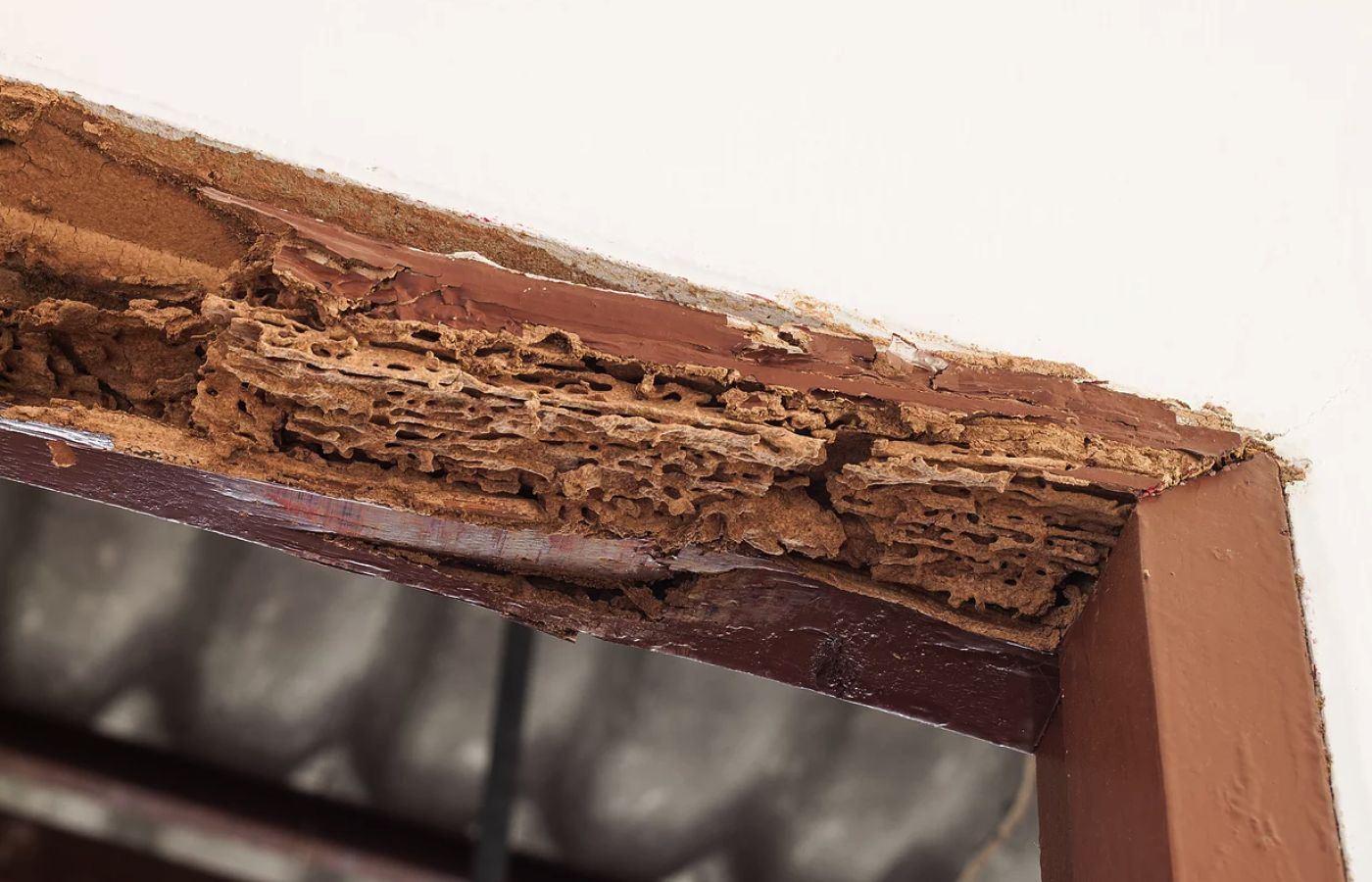Although most species of termites are harmless, the house-eating varieties can munch through a foot of timber in just a few weeks! And with termites able to travel over 100m from their nest to a feeding site, the chances are there’s at least one termite nest within range of your home.
South Australia is a termite hotspot with every 1 in 5 homes (new and old) likely to suffer a termite attack. It’s so likely, that the insurance industry doesn’t include termite damage in your home’s insurance.
But don’t despair, we’ve put together the following tips to help you prevent a termite attack…
Tip 1:
Ensure groundwater flows away from your home. The ground around your property should slope away from buildings. If not, you should install a soil drainage system. If you find your property has a moist sub-floor, due to inadequate drainage, as well as trying to sort out the problem you can also install a fan system to reduce the humidity.
Tip 2:
Regularly watering plants next to your property provides an attractive environment for termites. A watering system may make your life easier, but they make it easier for termites too!
Tip 3:
Fix any leaky roof guttering and downpipes. Make sure water goes directly to storm drains.
Tip 4:
Don’t let outdoor taps drip. Ideally, they should be situated over an unblocked drain.
Tip 5:
Fix any leaking pipework or taps in the kitchen, bathroom, and laundry.
Tip 6:
Don’t use wood mulch unless it’s treated with an appropriate insecticide. Please note - termite resistant timber is not termite-proof! Instead, you can use pebbles as mulch and put your plants in pots.
Tip 7:
Throw out termite treats like waste timber or cardboard. Or if you want to keep them, store such items above ground level and away from your property.
Tip 8:
Store firewood off the ground and away from your property, ideally on a metal framework.
Tip 9:
Remove plants and items away from the perimeter of your property. The edge of your building must be visible to spot a termite attack.
Tip 10:
If you have a sub-floor, avoid storing items (especially wood and cardboard) in this area. Stored items reduce the ability to spot termite attacks and reduce ventilation to your property.
Remember termites love moisture and wood (their food), so every attempt should be made to make the perimeter of your home (and sub-floor) dry and free of wood materials. Getting rid of any garden beds around the perimeter of your home is the best move – it removes food, moisture and makes it easy to see the mud tubes of termites trying to enter your home. A perimeter of pebbles and plant pots is preferable.
To save the expense of a termite attack, whenever you’re active inside or outside of your house, remember this checklist. In addition, you should always have a regular termite inspection by a qualified pest professional such as Spiderman SE. Our comprehensive termite inspections will pick up the subtle signs of termite activity that can be spotted by a trained professional – we also check all the places most homeowners fear to tread, such as the roof void and sub-floor.

